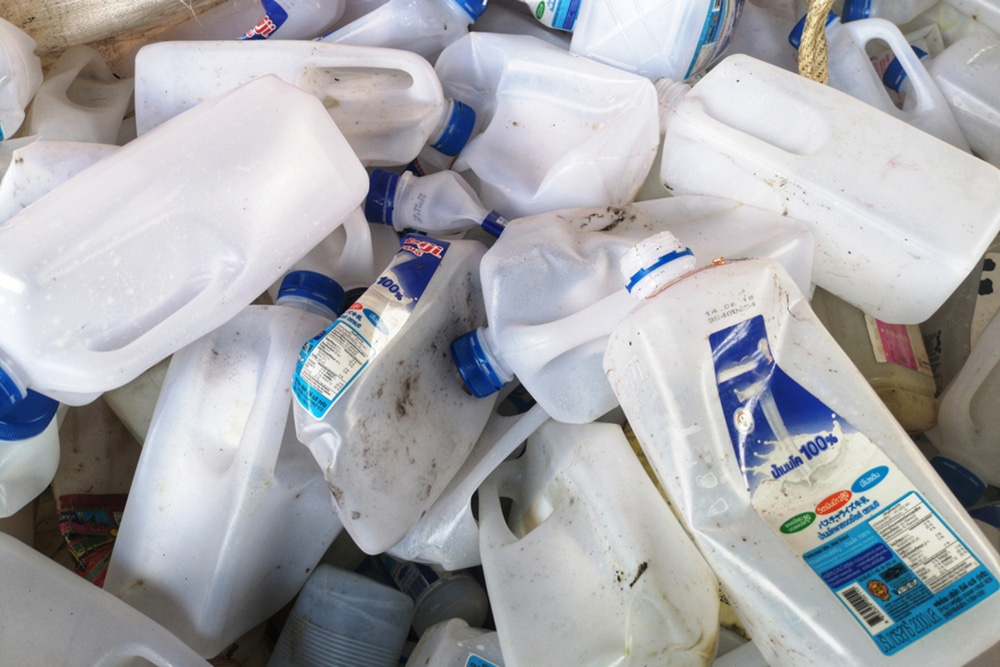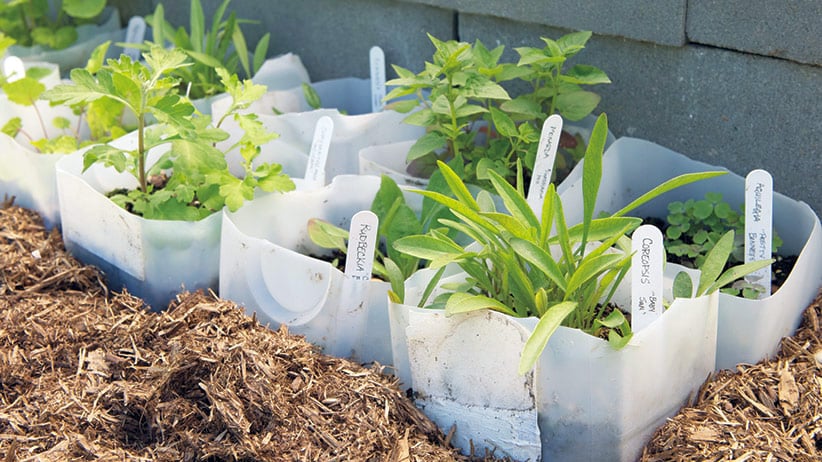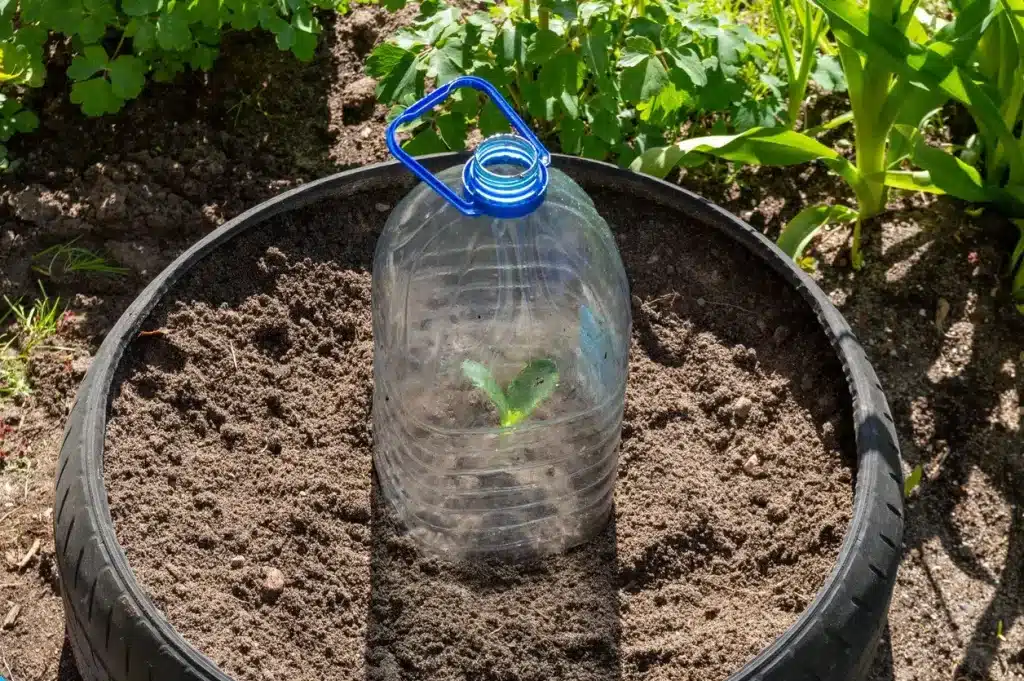Looking for an easy, cost-effective way to boost your garden’s health? Look no further than your empty milk jugs! By choosing to recycle milk jugs, you not only reduce waste but also transform these plastic containers into essential gardening tools. They offer benefits during both the warmer growing seasons and the colder months. Here’s how you can reuse them to protect and nurture your plants year-round.
Creative Ways to Recycle Milk Jugs
Recycling milk jugs goes beyond tossing them in the blue bin—they can be repurposed into practical tools for your garden and beyond. From creating protective barriers for plants to crafting simple, eco-friendly solutions, milk jugs prove that recycling can be both fun and functional. By giving these jugs a second life, you’re not only helping the planet but also finding clever ways to improve your gardening game.

Milk Jugs as Springtime Planters
Milk jugs are perfect for starting your garden in the spring. The lids make excellent containers for seedlings to sprout, while the jugs themselves can act as makeshift pots for young plants to continue growing. Simply plant your seedlings in the jug and watch them thrive. Make sure to cut out the bottom of the jug so the roots can delve even deeper into the ground.
What’s even better is when you bury the jug only halfway into the soil, and leave the upper half above ground. This creates a protective barrier around your plants, preventing crawling critters from getting to them. Most beetles, slugs, and other garden pests are lazy and will avoid climbing over this obstacle, keeping your precious plants safe without harmful chemicals. For another pest-control hack you can also try using plastic forks to prevent pest in your garden.

Milk Jugs as Cold Weather Shields
As the seasons change and colder weather rolls in, those same milk jugs can serve a different purpose. When you recycle milk jugs as frost shields, you create an effective, budget-friendly way to protect smaller plants from freezing temperatures. Place hollow jugs over smaller plants to shield them from frost. The plastic acts as a mini-greenhouse, trapping warmth and creating a protective bubble around the plant.
Not only does this help with temperature regulation, but the sun also causes condensation to form inside the jug. This provides a humid, nurturing environment that many plants need to survive the colder months.

Year-Round Protection for Your Garden
No matter the season, reusing milk jugs can help your garden flourish. They’re affordable, eco-friendly, and incredibly versatile. Whether you’re using them to protect delicate seedlings from pests or insulating your plants from the cold, choosing to recycle milk jugs is a simple yet effective way to make your gardening more sustainable. It is a must-have garden hack that will save you time, money, and effort this year.

FAQS
Is it safe to grow vegetables in milk jugs?
Yes, it is generally safe to grow vegetables in milk jugs as long as they are thoroughly cleaned before use. Rinse them with warm, soapy water to remove any residue. Ensure the jugs are made from food-grade plastic (often marked with a recycling number “2” or “HDPE”) as these are safe for gardening and unlikely to leach harmful chemicals into the soil.
How to cut milk jugs for the garden?
To cut milk jugs for gardening, follow these simple steps:
- Clean the jug thoroughly with soap and water.
- Use a sharp pair of scissors or a utility knife.
- For planters or seedling starters: Cut the jug horizontally, leaving the base intact to hold soil.
- For protective barriers or frost covers: Remove the bottom portion of the jug and place it over your plant.
- Smooth any sharp edges with sandpaper to prevent injuries during handling.
Can you use milk jugs for tomato plants?
Yes, milk jugs can be very useful for tomato plants! Here are some ways to use them:
- Seedlings: Start your tomato seeds in milk jug planters, providing a controlled environment for growth.
- Watering: Use a jug with small holes poked in the lid as a drip irrigation system to deliver water directly to the roots.
- Protection: Place a hollow milk jug around young tomato plants to shield them from pests or harsh weather conditions.
- Support: Cut the jug into strips and use them as plant ties for securing tomato vines to stakes or trellises.
So, the next time you finish a gallon of milk, think twice before tossing the jug. With a little creativity, these humble containers can transform into essential gardening tools, helping you grow healthier plants while reducing waste. Your garden—and the planet—will thank you!











